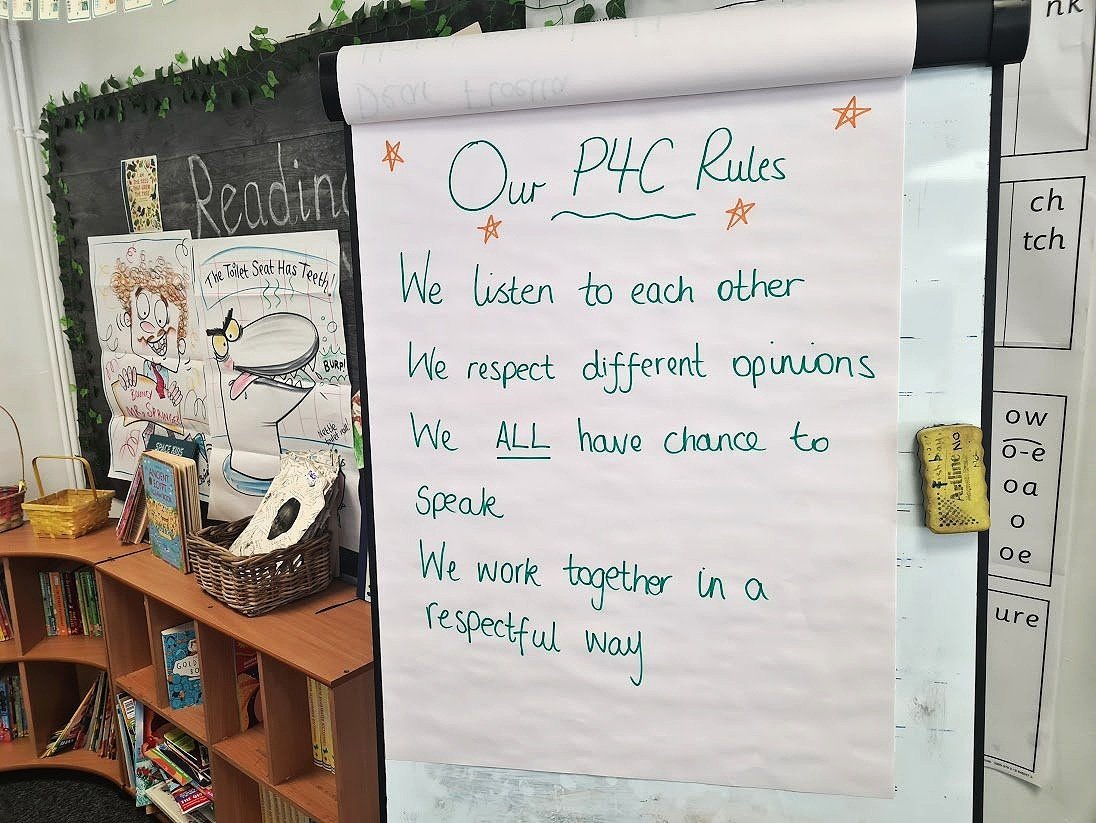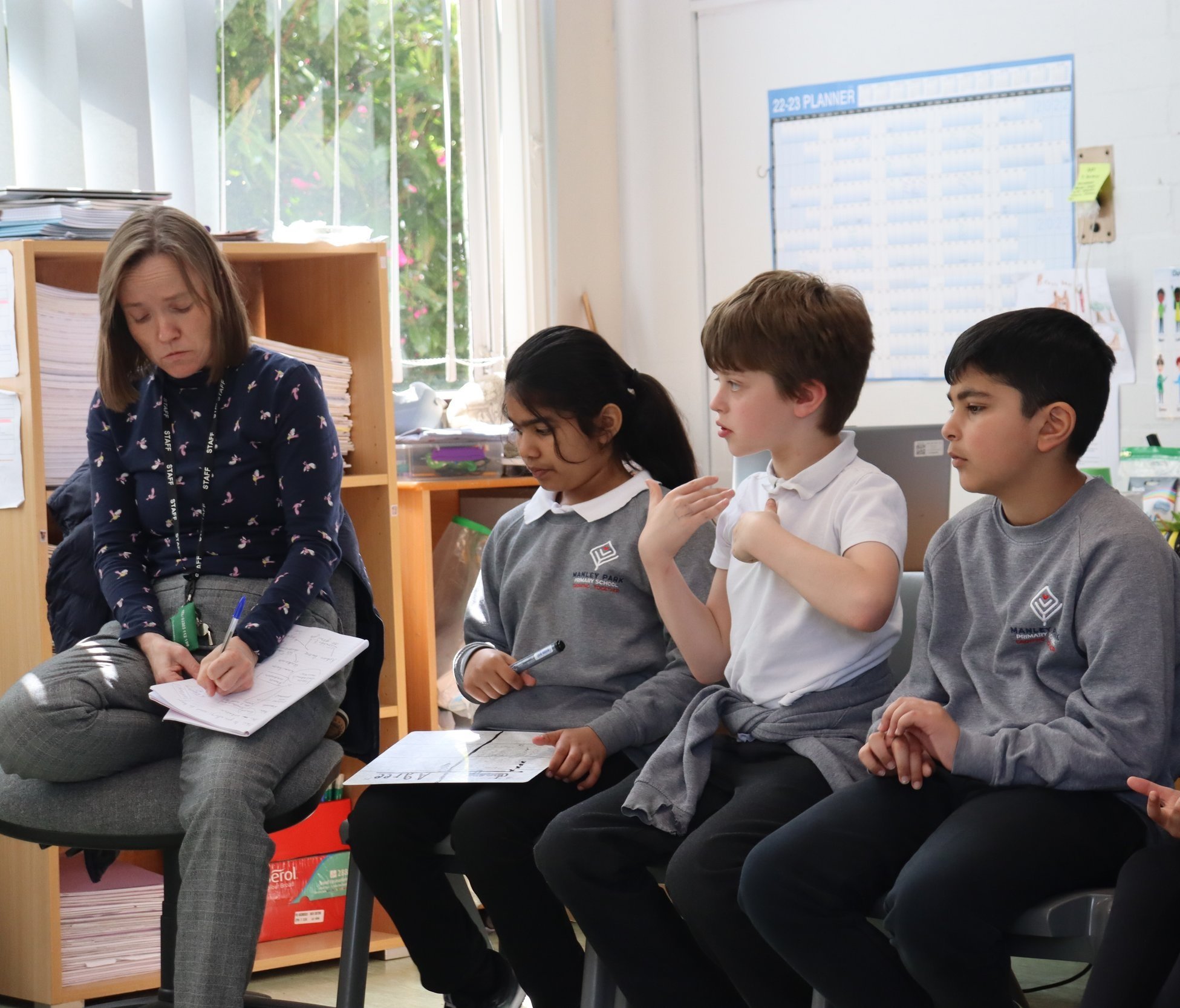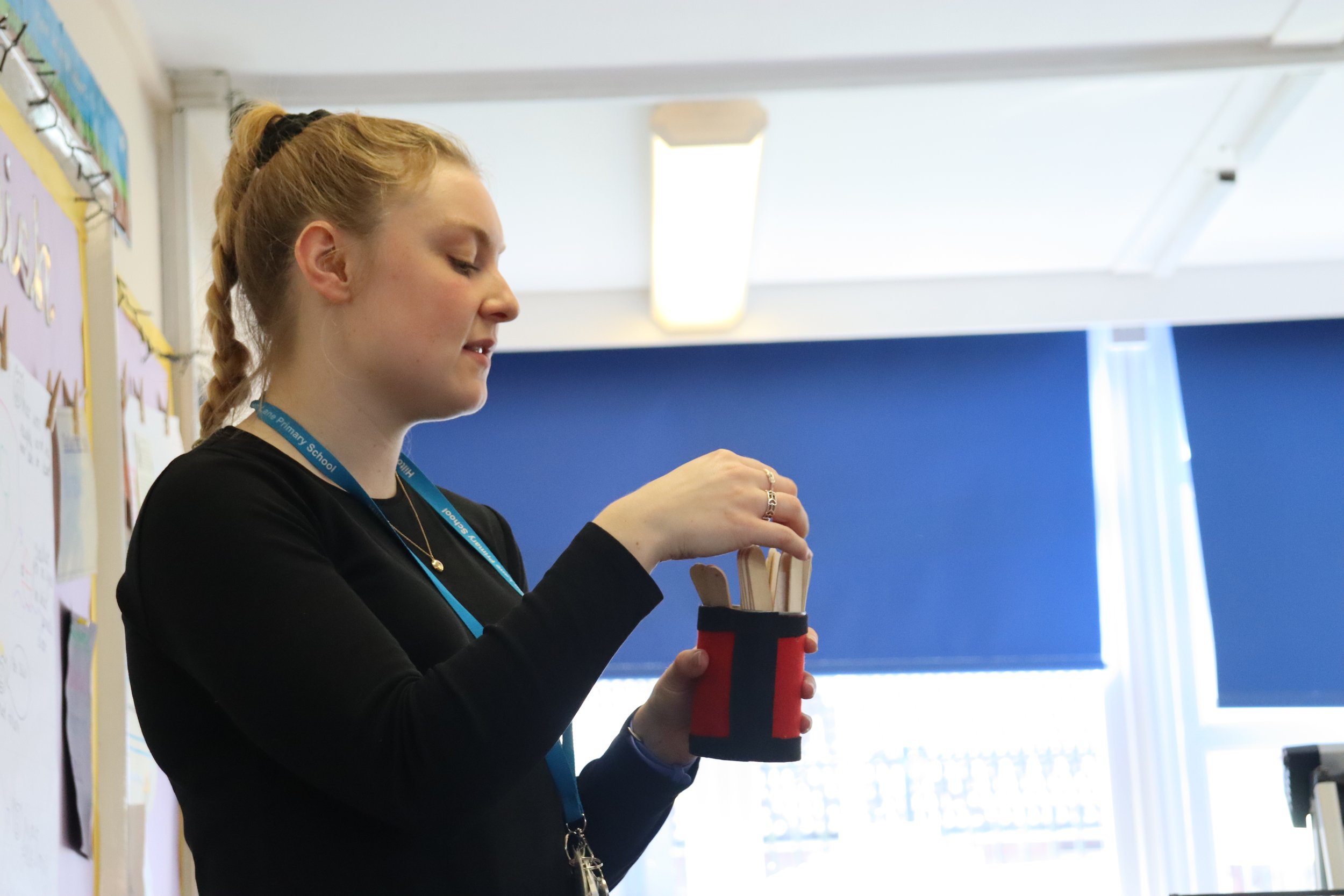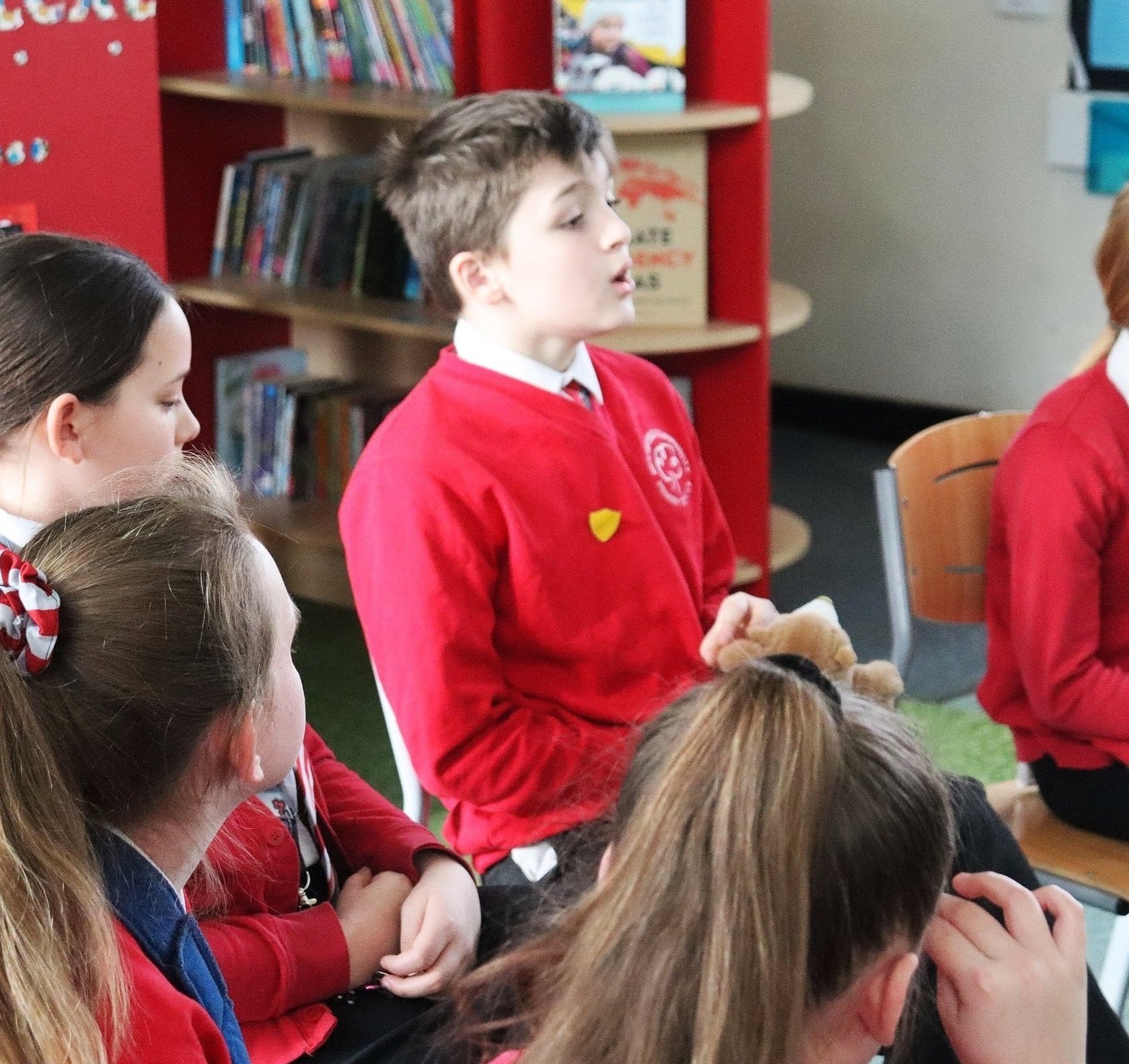Do you use ‘ping-pong’ with your students? If not, read on. Yesterday I visited a school and saw some very effective examples of it.
Reception

In Reception, the teacher gave a very short instruction: Ping-pong minibeasts! In a flash, the group of four and five-year-olds turned to face their partners and took turns to name minibeasts, like this:
Partner 1: Ladybird!
Partner 2: Bee!
Partner 1: Beetle!
Partner 2: Dragonfly!
And so on.
It was so simple yet so impressive – such a quick, easy way for those young learners to remember and practise names of minibeasts that they’d been learning. If, for a moment, they couldn’t think of another one, they could hear other pairs saying different examples.
Year 5
An hour or so later I was in Year 5 and after some explanation and modelling, the teacher instructed her class: Ping-pong sentences with relative clauses starting with character names from the book. Children immediately turned to their partners and started talking like this:
Partner 1: Martha, who was quite suspicious, rang the bell.
Partner 2: Mary, who was quite contrary, found the secret garden.
Partner 1: Mary, who is very moody, always tells the servants what to do.
And so on.
The aim was to practise using relative clauses orally, with support and challenge from their partner. I loved the way the teacher gave pupils enough time to each say plenty of examples. This collaborative, structured oral rehearsal meant that they were then all ready and confident to write a paragraph, intentionally overusing relative clauses to consolidate their learning.
This was learning though talk, in action.
Use talking points to get students thinking and talking about a painting
A great way of revisiting prior learning by speaking to different people
Let’s start talking about the impact screen time might be having on language development
It’s great that they are motivated to speak next, but are they really listening?
How do they want to behave to become great 4C thinkers?
Deepen and consolidate learning through pupil dialogue
Show your pupils that you are trying to understand their thinking
A game to help children practise giving compliments… plus an announcement!
Pupils feel that P4C helps them with everything from relationships to confidence to staying calm
An inspiring podcast on using classroom talk in a rich and meaningful way





























